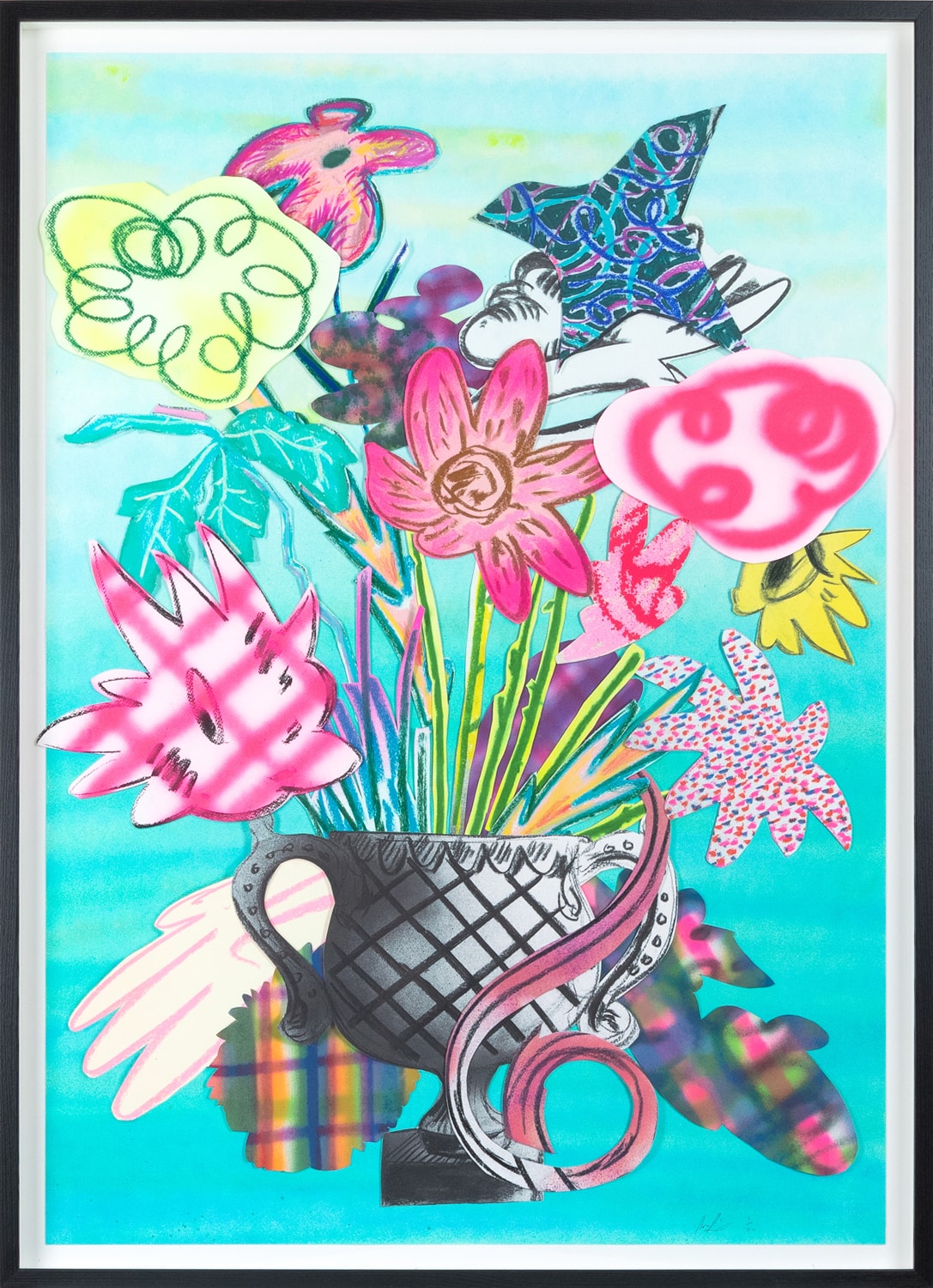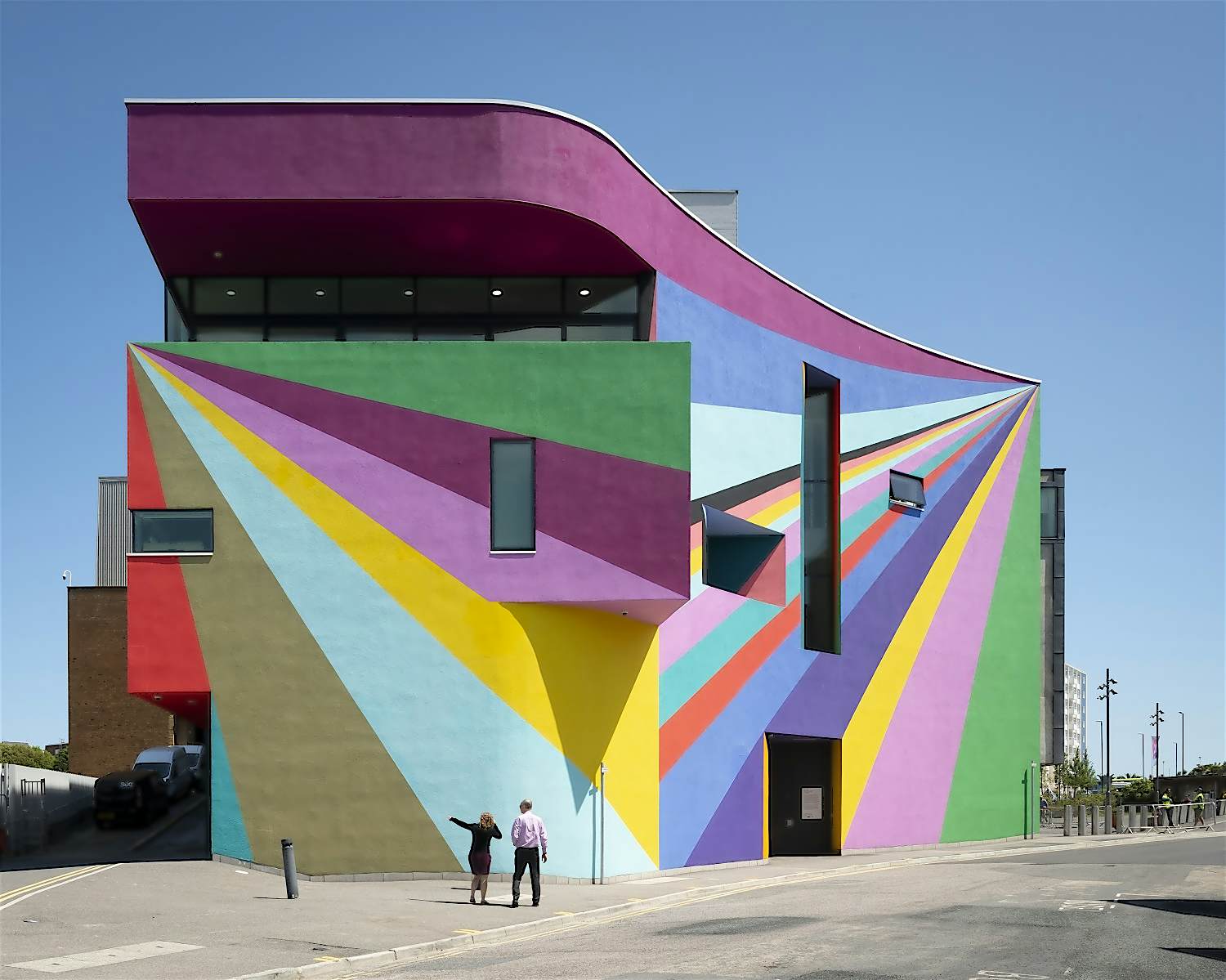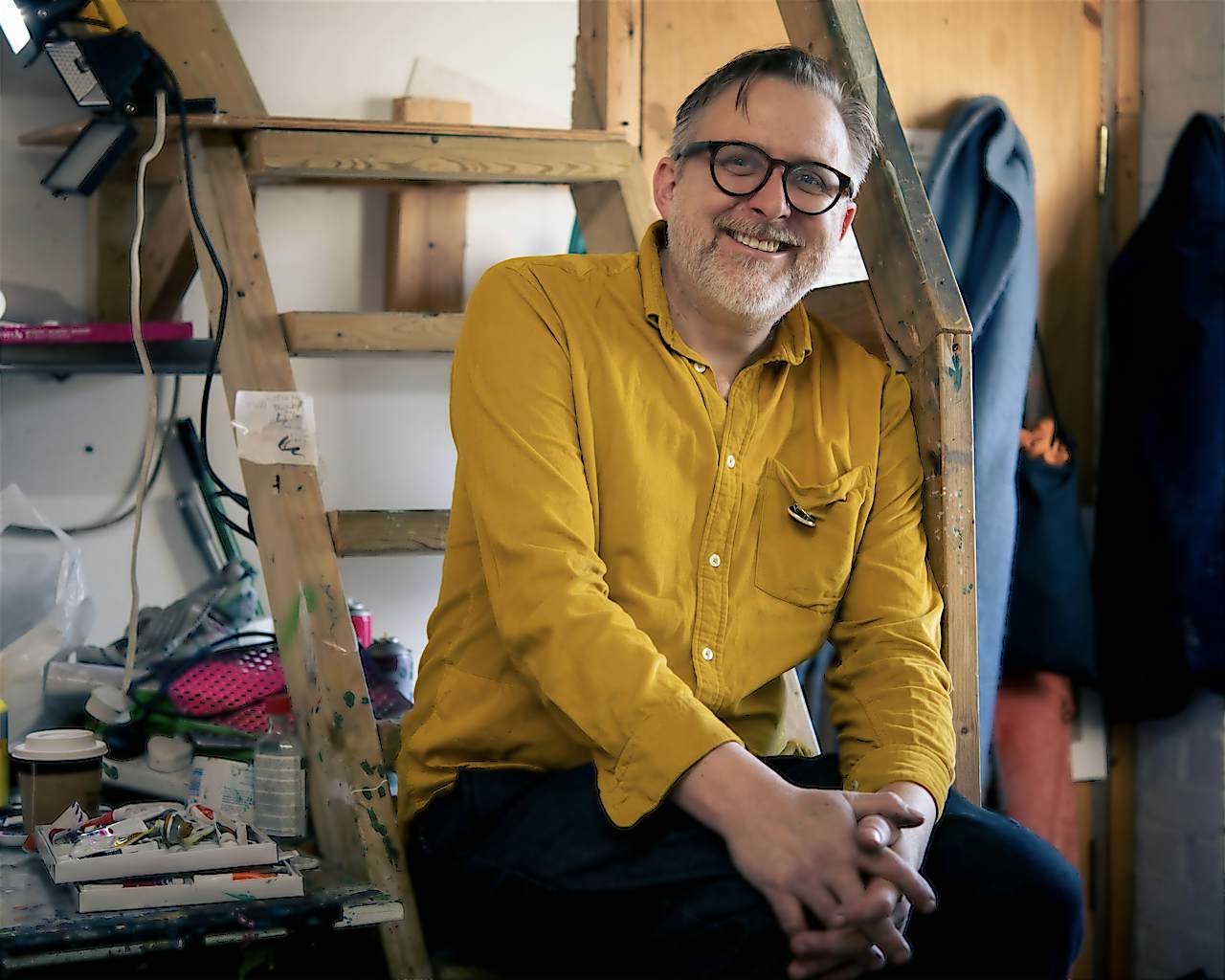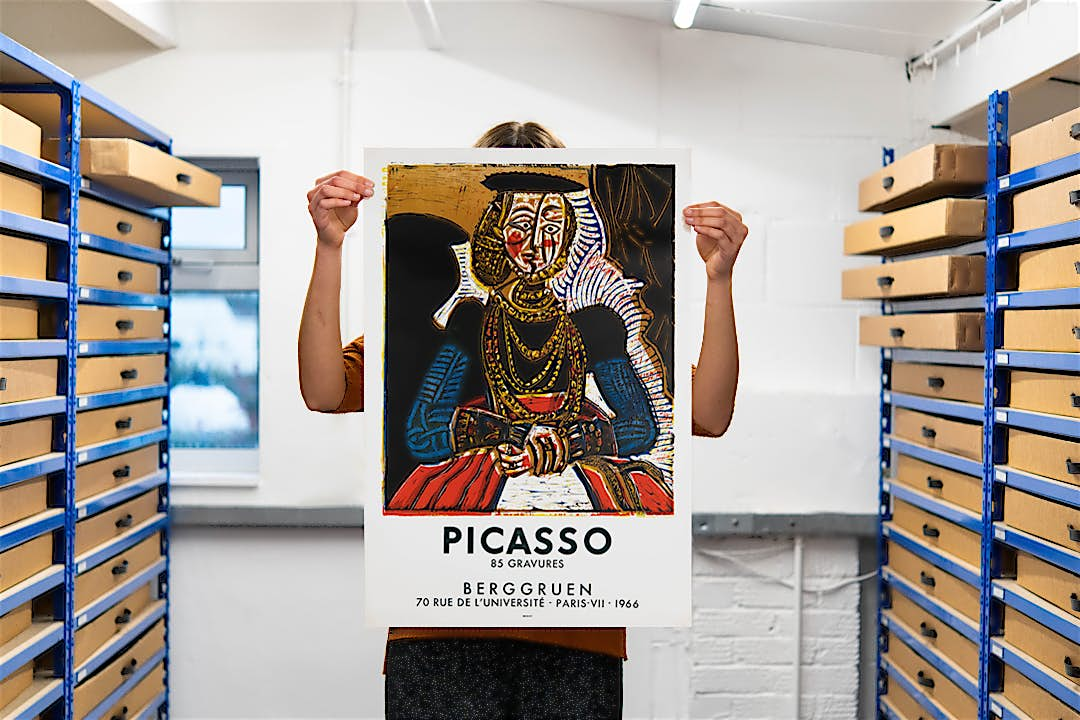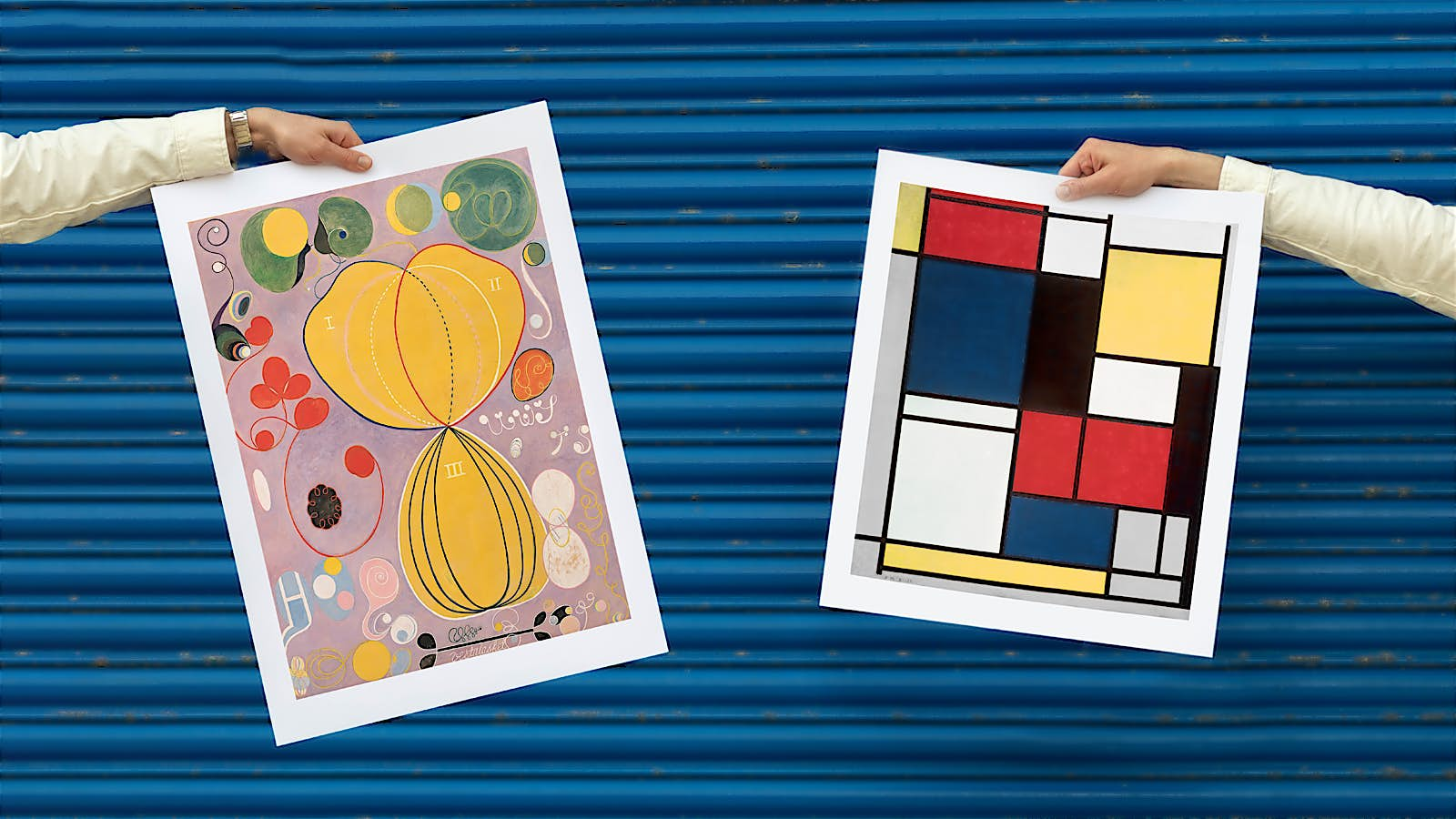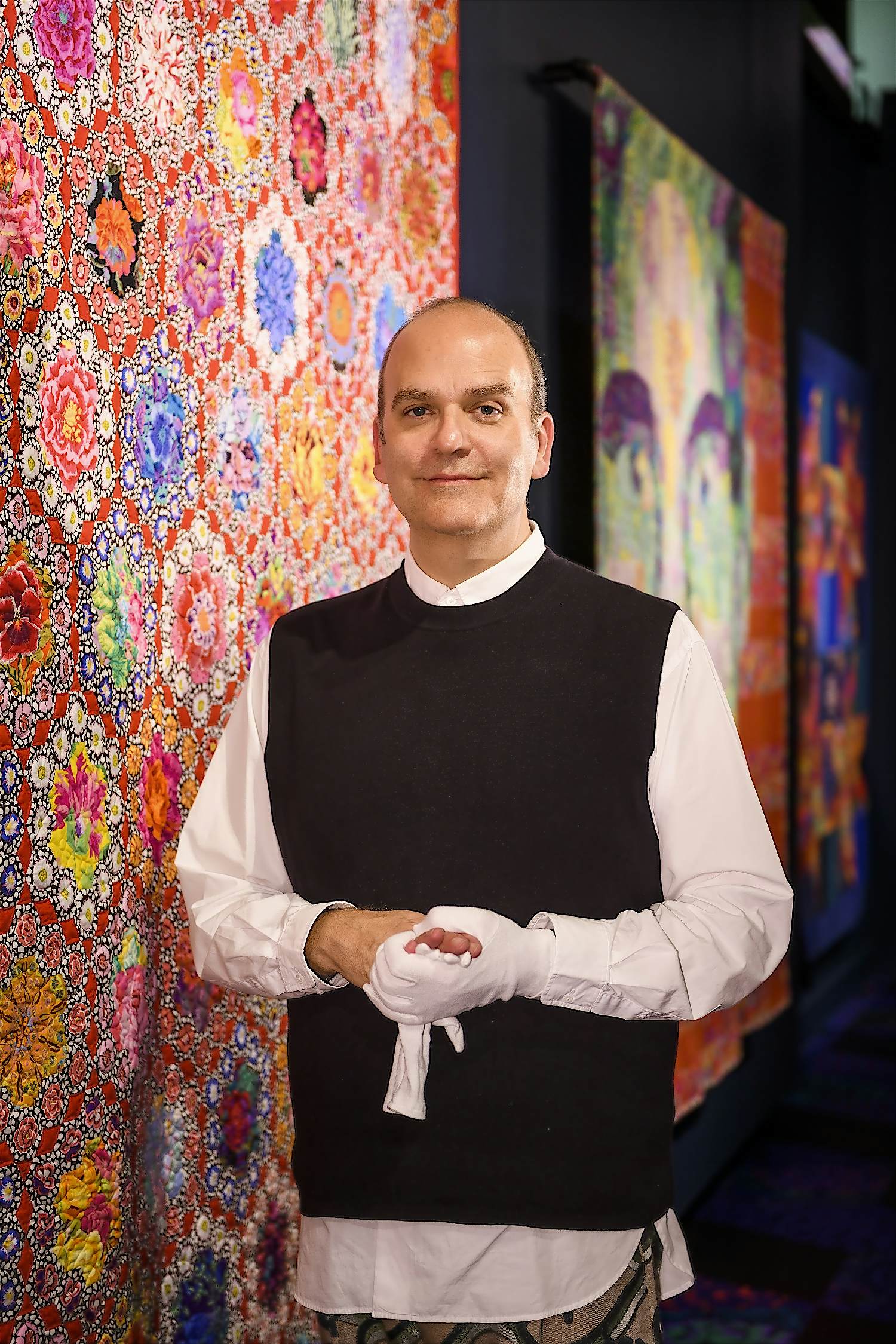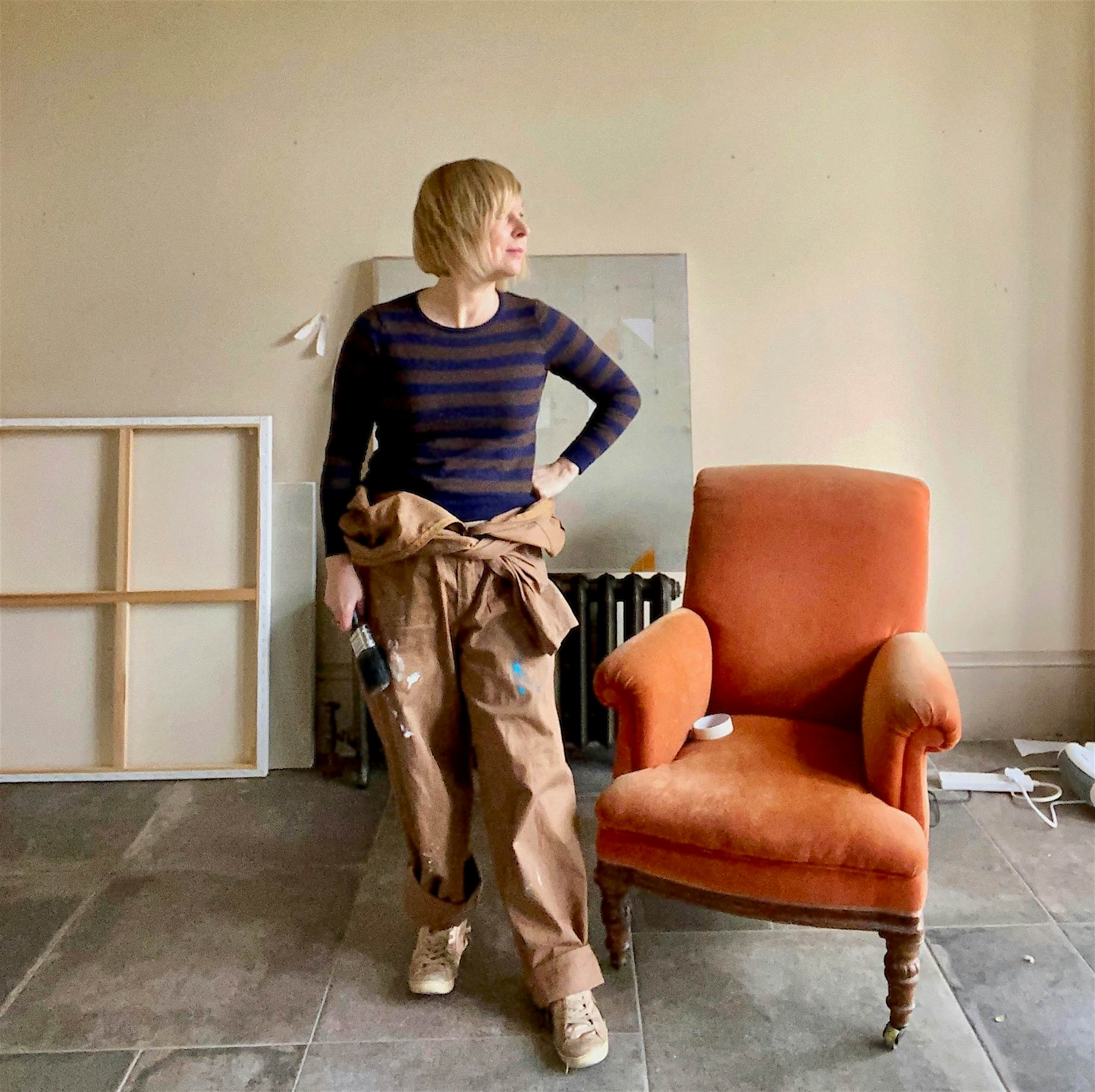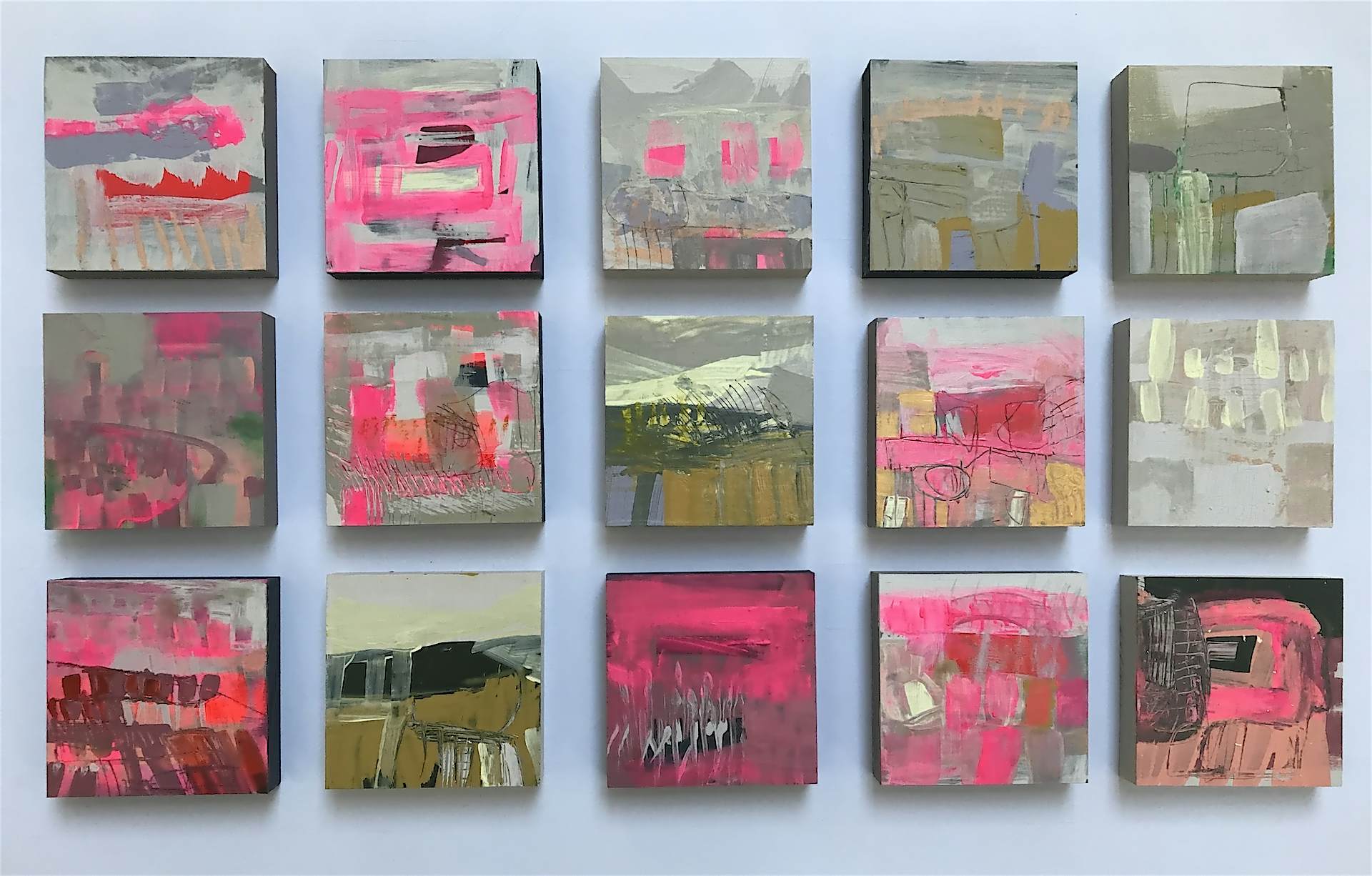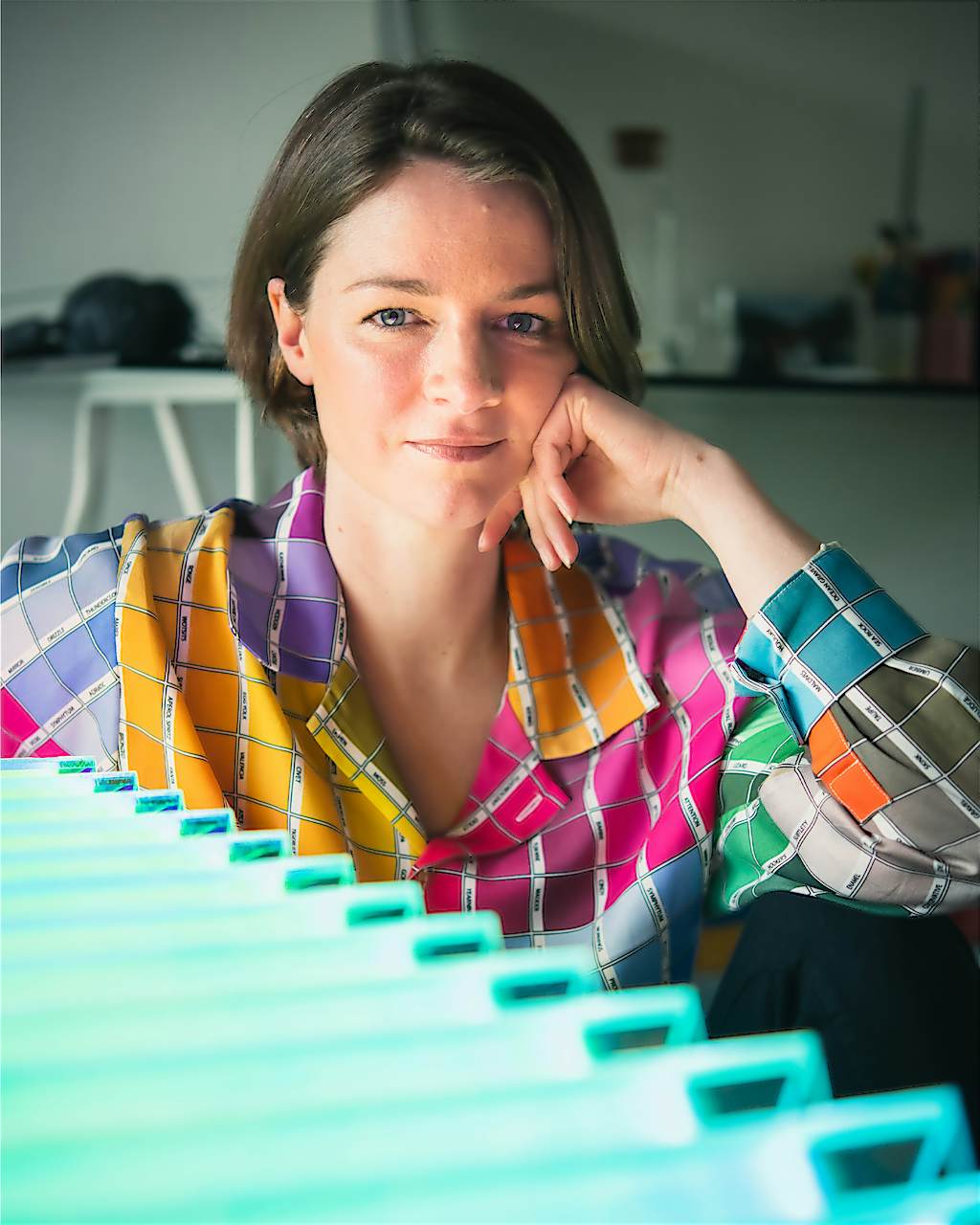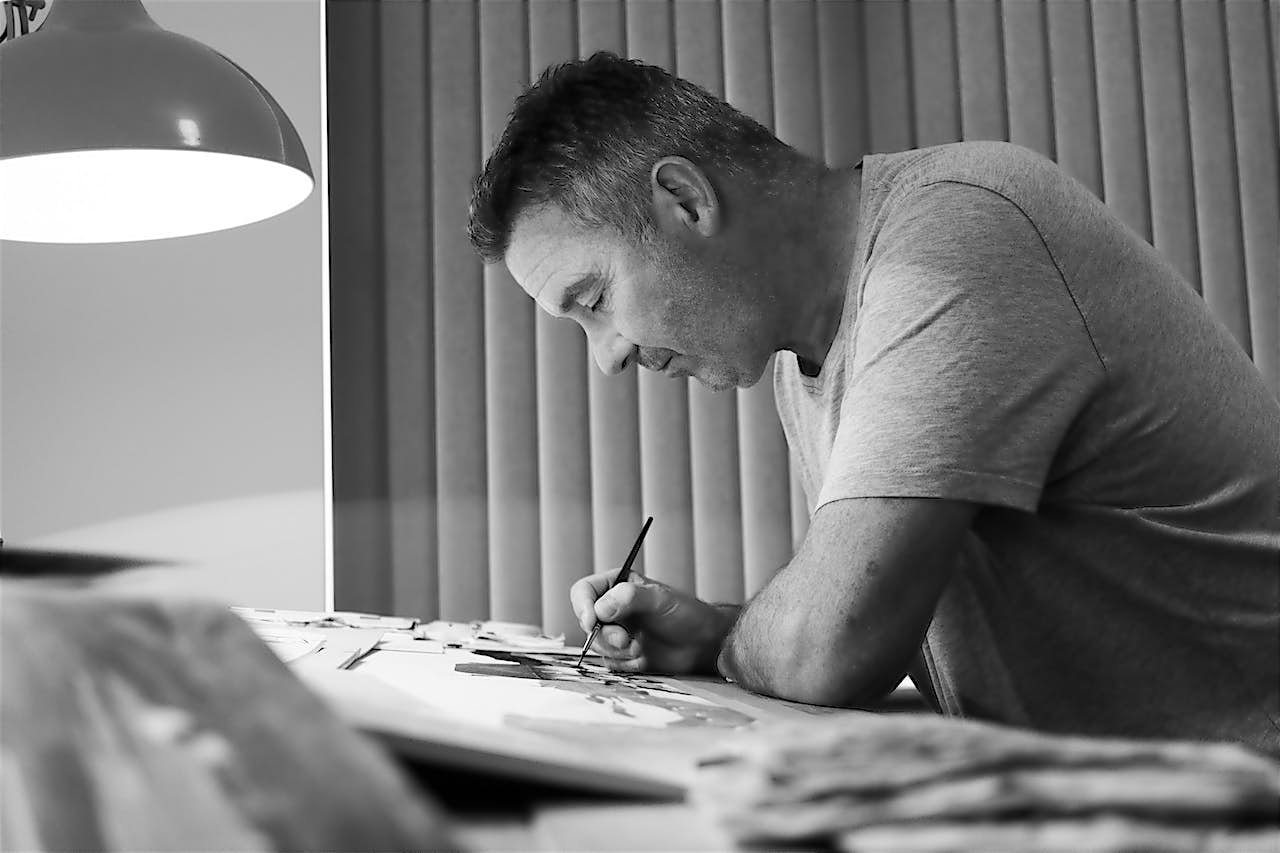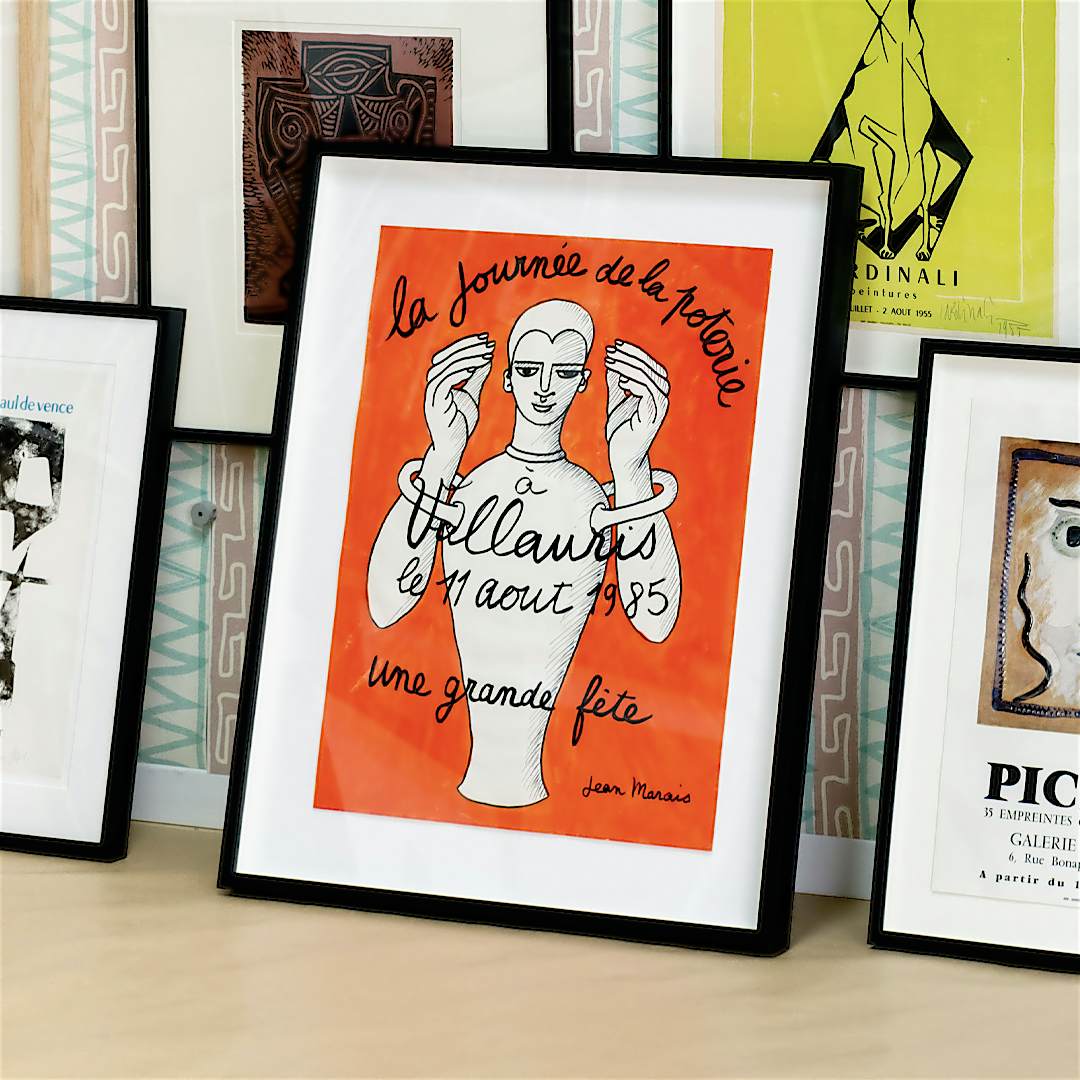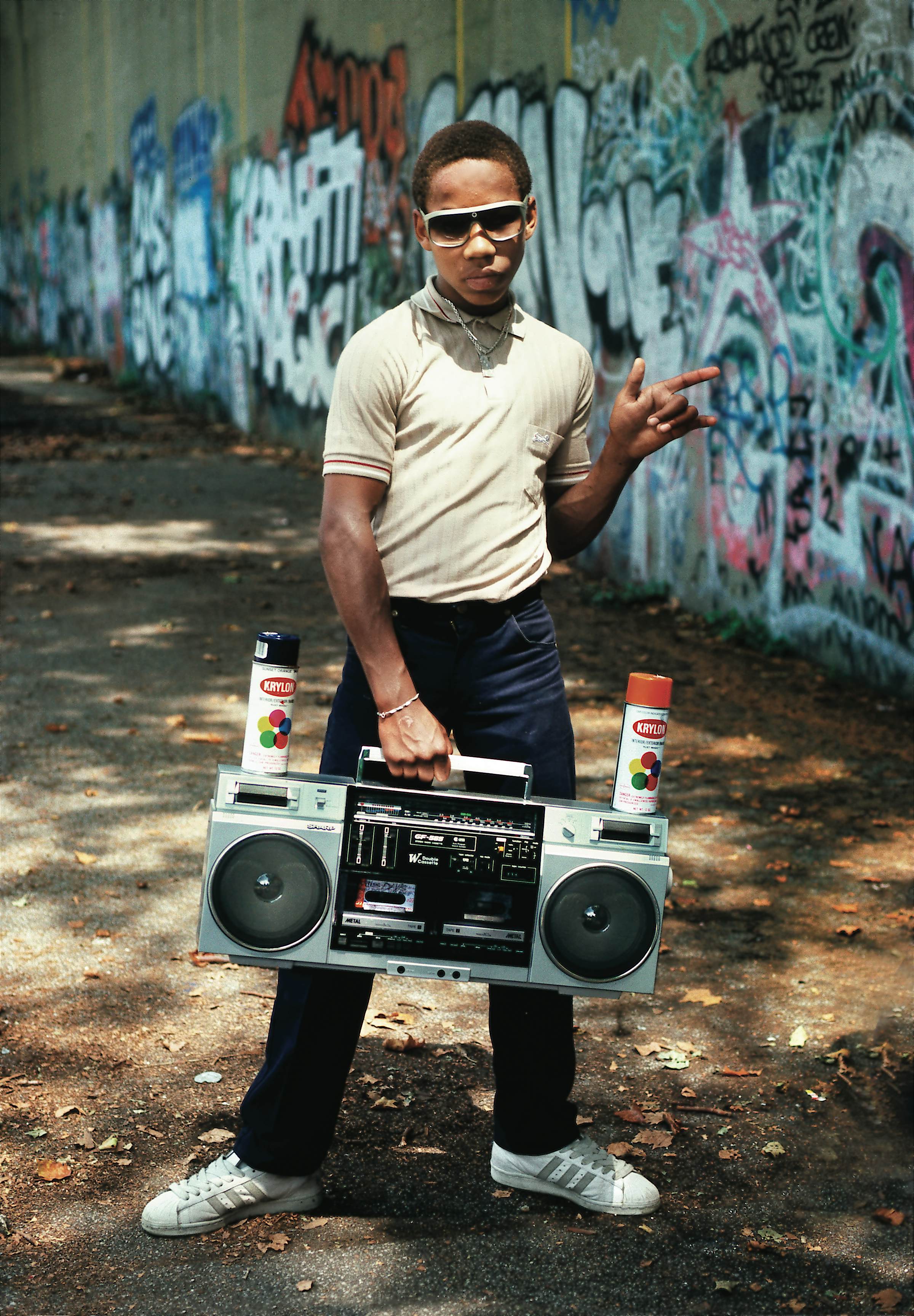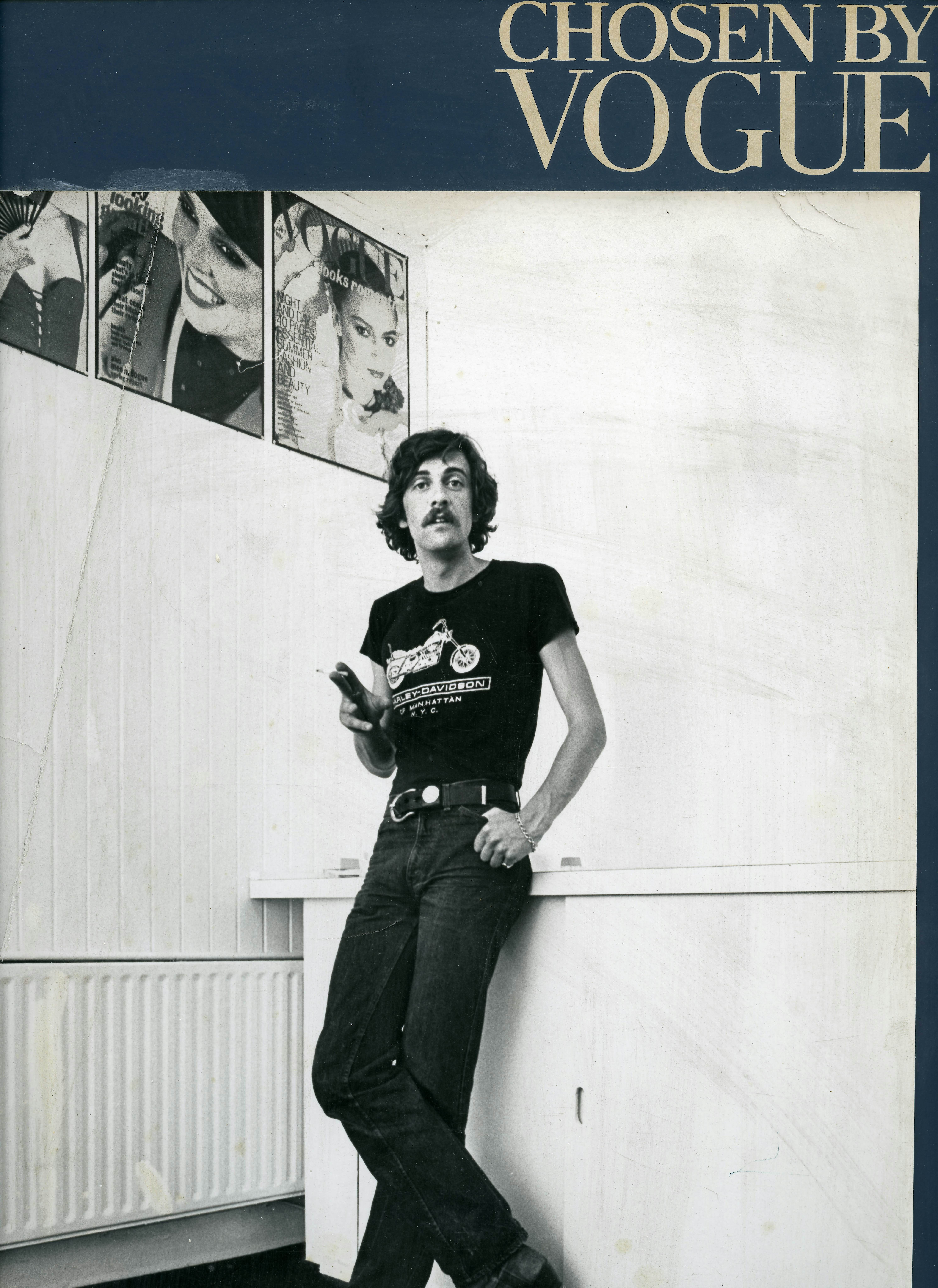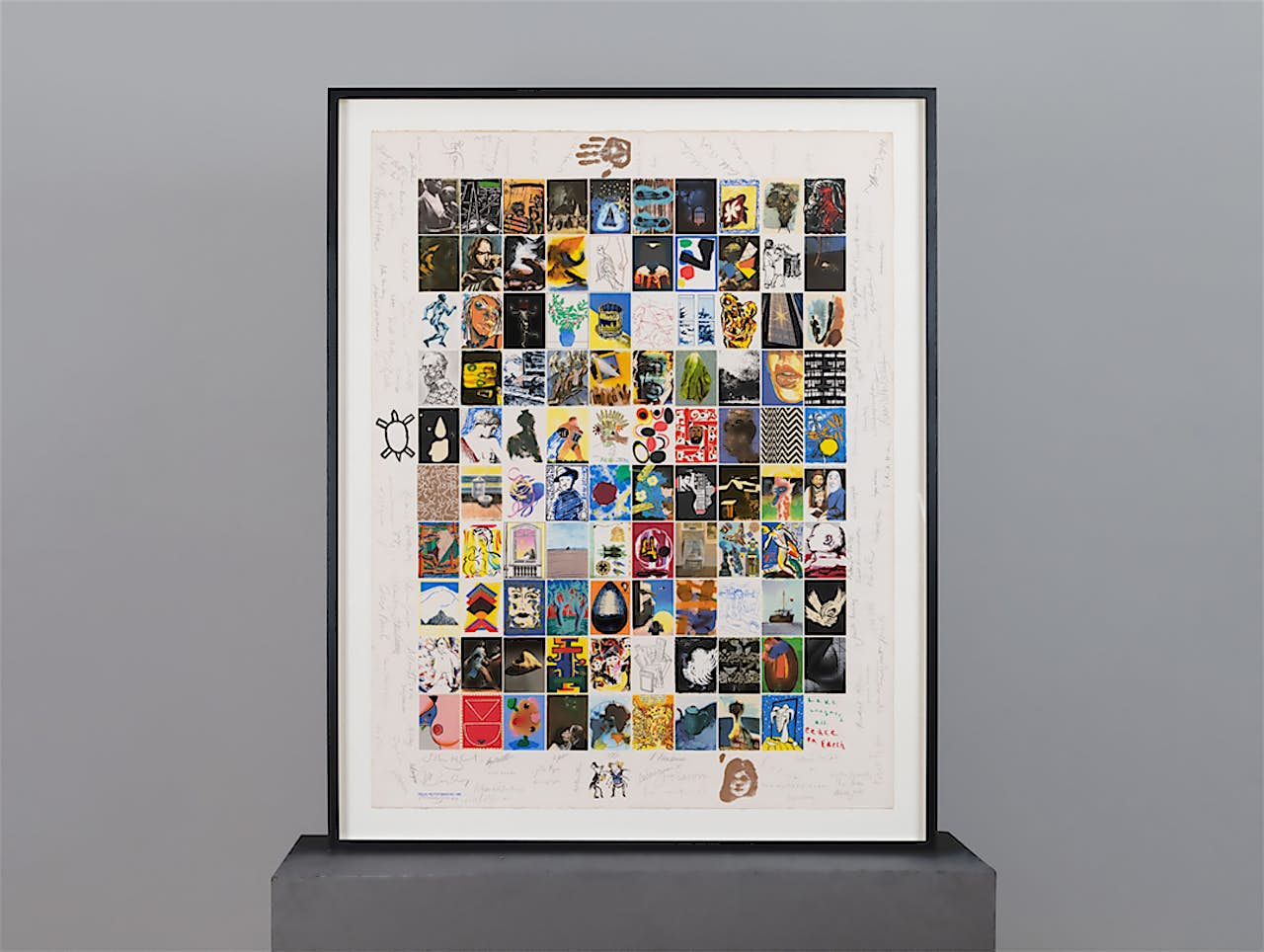Meet painter and printmaker David Price
Reading time: 4 mins
David Price, a self-confessed aquatint aficionado, originally studied printmaking at the Royal College of Art. He talks to curator Becca Pelly-Fry about his fascination with Dutch still life painting, memento mori, and his enduring love of brash, colourful ‘non-art’.
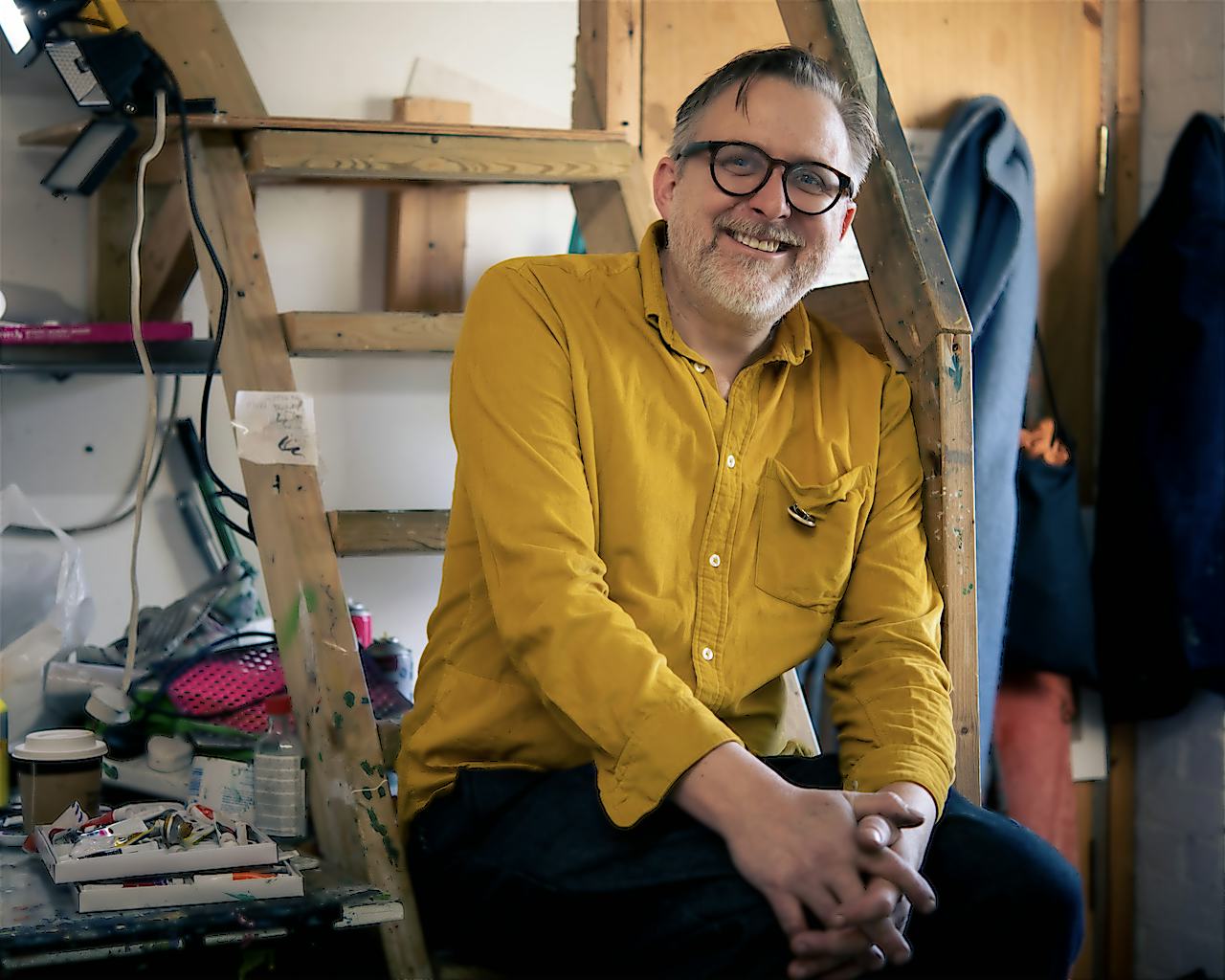
Q: Hi David, can you tell us about your relationship with printmaking and paper?
A: I’m not really a very good printmaker. I’m not. I’m quite good at some things like print, but printmaking is a really complicated, technical business. I went to Royal College of Art and did printmaking for three years and after that I was a Fellow at the Royal Academy for three years, so you’d think I’d be a very good print maker. Back then, I was really only focusing on etching. I can aquatint like nobody else!
It’s not really the kind of printmaking I’m interested in anymore. Now, I teach a lot of silkscreen and you need to develop these skills for a long time to get them right. As an artist, I’m always making new things and I’m impatient.
Working with paper is a relatively new thing, but it came out of a frustration in my own ability, the facilities around me (during the pandemic, I worked from home), and a desire to make something big, colourful, and bold. Most recently, I’ve been making collage to try and think about how a painting might develop and how the two can come together.

Q: A lot of your work seems to be inspired by still life, can you tell us more about how you choose your subject matter?
A: I’ve been searching around for subject matter that isn’t really about narrative. I want implied narrative. The nice thing about still life, particularly Dutch still life, is that it’s a sort of painting of nothing. At first glance, it’s nothingness. It’s just flowers. It’s just pretty.
But often those paintings are memento mori with symbolic elements: such as a broken glass, fruit that’s on the turn, or flowers that are starting to wilt. Or even something more obvious like a skull. I like the idea that something can be – at first glance – just nothing at all, and have no narrative and have no real meaning.
As a subject matter for an artist, that’s an exciting space, because you can start up without any kind of literal idea about what you want to do. It’s all about visual ideas, visual combinations, visual textures, visual colours, visual things.
On another level, I’m intrigued by this idea of my paintings being about everything: about life and death, the transience of life, about life moving on. All my flower paintings have an element of sadness. Flowers themselves, generally speaking, occupy both worlds because they’re things you can have at a wedding but also things you can have at a funeral on a wreath. They’re bittersweet.

Q: So the natural world is a big influence on your work?
A: More recently, I’ve been interested in still lifes that include nature. We’re all very worried about nature. I’m very worried about nature. Everyone’s worried about nature. And I’m intrigued by the idea that you might commission a painting that was full of dead animals.
I think it’s an interesting moment in recent human history where you would go out hunting, shoot and kill everything, and then paint it. I’m intrigued by that. That kind of arrogance and opulence.
That’s why I really like Dutch still life paintings but I’m not really interested in it as a historian. Dutch still life represents a kind of excellence of paintings and I use that as a starting point. I’m more interested in modern artists like David Hockney, Melanie Daniel, Daniel Richter, or Sarah Hughes – people who are engaged in similar subject matter and colours to me.
‘I quite like exploring these things which have a brash, almost cheap, almost ‘non art’ thing [...] I like the surprise of throwing things together.’
David Price

Q: Your colours are quite fantastical. Can you tell us more about that?
A: I think it’s probably because I had quite a traditional art college education. I read and taught a lot about colour theory; how the Impressionists chose colour, and how colours contrast one another, colour wheels and so on.
But, I quite like to surprise myself. People are kind of funny about colour theory and they don’t use fluorescent paint. They’re quite a recent invention. But the fluorescent itself isn’t reasoned.
I like exploring things that have a brash, almost cheap, ‘non art’ thing in defiance of that kind of snobbery. I like the brightness and the putting together of ‘wrong’ things to get a jarring outcome. I just want to put fluorescent green next to purple and see what happens. I want them to be ugly or slightly uncomfortable together.
‘I love that reveal in the moment of a print: when you put an etching through and you peel the paper back, that’s a real moment of magic.’
David Price
Q: Is there an element of chance and accident with your work?
A: Yeah, I think more recently (possibly, as a consequence of a lack of materials), I’ve begun chopping up my own work and then reusing it. And it’s sort of an economy. But I like what happens. You end up getting all the things that weren't supposed to be together and in a ‘new togetherness’. You get these funny edges of things and random bits of colour, a palimpsest, a layering of things.
I like to invite an element of chance and printmaking is often about processes that have an element of chance. Good printmakers try to limit that and reproduce things perfectly. But, if you’re like me, and you’re not particularly good at printmaking, you’re just an enthusiastic printmaker, then there’s always an element of chance.
I love that reveal in the moment of a print: when you put an etching through and you peel the paper back, that reveal is a moment of magic.
Q: Can you tell us about the Curated Editions, New Mythologies print you’ve made with King & McGaw?
A: The print is the result of an experimental practice of drawing, cutting and arranging compositional elements that I developed during lockdown. It’s named after the 1925 E. E. Cummings’ poem, Spring Is Like A Perhaps Hand.
It combines various types of processes including screen-printing, high-definition photography, digital reproduction, and hand-made elements I created in my studio. I’ve also signed and numbered all 25 of the limited editions and, as none of the hand-made elements in the prints are quite the same, each individual edition is subtly different and unique.

